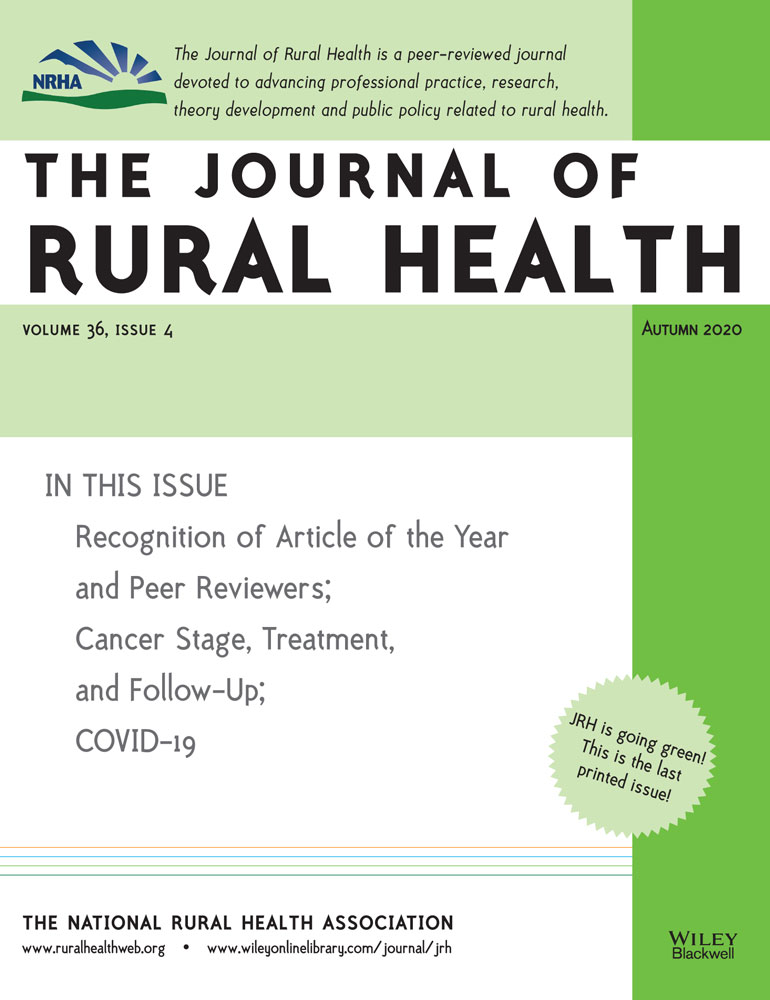COVID-19 Death Rates Are Higher in Rural Counties With Larger Shares of Blacks and Hispanics
Funding: Dr. Monnat acknowledges support from 2 research networks funded by the National Institute on Aging (R24 AG065159 and 2R24 AG045061), research funding from the United States Department of Agriculture, National Institute of Food and Agriculture Grant Award # 2018-68006-27640, support from the Population Research Institute at Penn State (which receives core funding from the Eunice Kennedy Shriver National Institute of Child Health and Human Development (P2CHD041025)), and support from the USDA Agricultural Experiment Station Multistate Research Project: W4001, Social, Economic and Environmental Causes and Consequences of Demographic Change in Rural America.
Abstract
Purpose
This study compared the average daily increase in COVID-19 mortality rates by county racial/ethnic composition (percent non-Hispanic Black and percent Hispanic) among US rural counties.
Methods
COVID-19 daily death counts for 1,976 US nonmetropolitan counties for the period March 2-July 26, 2020, were extracted from USAFacts and merged with county-level American Community Survey and Area Health Resource File data. Covariates included county percent poverty, age composition, adjacency to a metropolitan county, health care supply, and state fixed effects. Mixed-effects negative binomial regression with random intercepts to account for repeated observations within counties were used to predict differences in the average daily increase in the COVID-19 mortality rate across quartiles of percent Black and percent Hispanic.
Findings
Since early March, the average daily increase in the COVID-19 mortality rate has been significantly higher in rural counties with the highest percent Black and percent Hispanic populations. Compared to counties in the bottom quartile, counties in the top quartile of percent Black have an average daily increase that is 70% higher (IRR = 1.70, CI: 1.48-1.95, P < .001), and counties in the top quartile of percent Hispanic have an average daily increase that is 50% higher (IRR = 1.50, CI: 1.33-1.69, P < .001), net of covariates.
Conclusion
COVID-19 mortality risk is not distributed equally across the rural United States, and the COVID-19 race penalty is not restricted to cities. Among rural counties, the average daily increase in COVID-19 mortality rates has been significantly higher in counties with the largest shares of Black and Hispanic residents.




